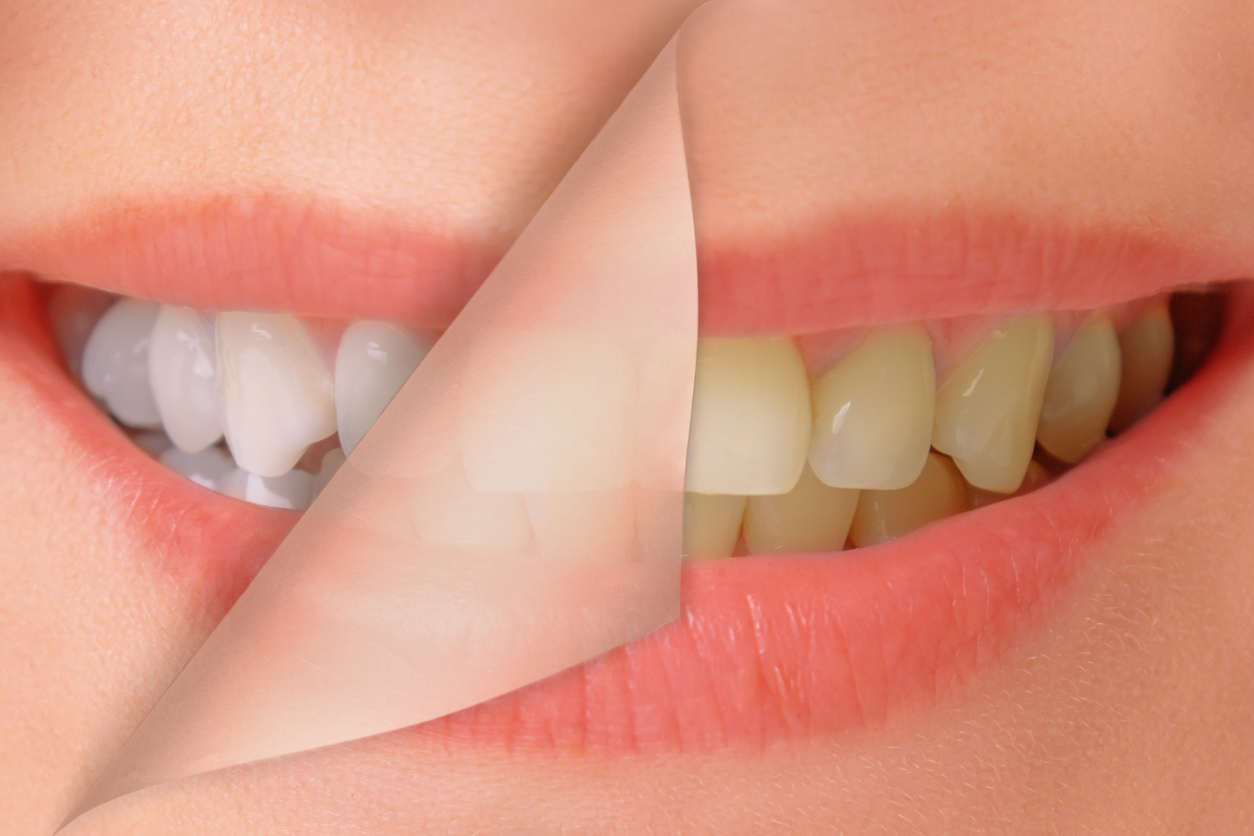Dental Myths and Facts: Does Oil Pulling Whiten Teeth?

A dazzling, pearly-white smile is a universal symbol of good health and a confident appearance. Numerous dental myths and alternative practices have emerged in the quest for this coveted attribute, promising to deliver that sought-after radiance. Among these, oil pulling has gained recognition for its supposed teeth-whitening abilities. Originating from Ayurvedic tradition, this practice involves swishing oil in the mouth daily to improve oral health and achieve a brighter smile.
However, the question remains whether oil pulling truly lives up to the hype or is just another dental myth. This blog will explore the fascinating world of oil pulling, separating fact from fiction to determine its effectiveness in whitening teeth. Before investing your time and effort into this age-old remedy, let’s examine the scientific evidence and consider whether it’s viable to attain the dazzling smile you’ve always desired.
The Oil Pulling Phenomenon
Oil pulling is an ancient Ayurvedic practice originating from India. It involves swishing a tablespoon of oil, typically coconut, sesame, or sunflower oil, in the mouth for 15-20 minutes daily. Proponents of oil pulling claim that this technique can not only improve overall oral health but also whiten teeth.
The Theory Behind Oil Pulling for Teeth Whitening
The belief is that swishing oil in your mouth helps to remove bacteria, toxins, and impurities from the oral cavity. The oil reportedly binds to these unwanted substances and removes them from the mouth when you spit out the oil. This cleansing effect may extend to removing stains and discoloration on the teeth, leading to a whiter smile.
The Reality: Does Oil Pulling Whiten Teeth?
While oil pulling has potential benefits for oral health, such as reducing plaque and improving gum health, the idea that it can effectively whiten teeth is a dental myth. Here’s why:
- Lack of scientific evidence: A shortage of scientific studies supports the claim that oil pulling can whiten teeth. Most of the information surrounding this practice is anecdotal, with little to no substantial scientific backing.
- Mechanical action vs. chemical action: Traditional teeth-whitening methods, like whitening toothpaste or professional teeth-whitening treatments, work by employing specific chemicals (e.g., hydrogen peroxide or carbamide peroxide) that break down and remove stains from the teeth. Oil pulling, on the other hand, relies on a mechanical swishing action that cannot effectively address the chemical nature of tooth staining.
- Prolonged exposure required: To see any potential teeth-whitening effects from oil pulling, one must perform this practice consistently for an extended period. This commitment of time and effort might not yield significant results compared to other, more established teeth-whitening methods.
- Limited reach: Oil pulling mainly targets the oral cavity, and its ability to whiten teeth is mostly restricted to surface stains. This method is unlikely to affect deep-seated or intrinsic stains, which result from factors like genetics or medications.
- Potential for gum and tooth damage: Prolonged swishing of oil in the mouth for extended periods may cause jaw fatigue, and in some cases, individuals have reported an increase in tooth sensitivity. These side effects could be counterproductive to achieving a whiter smile.
Alternative Teeth Whitening Solutions
If you’re looking for effective teeth-whitening methods, there are several proven alternatives to consider:
- Whitening toothpaste: Many commercially available whitening toothpaste brands contain mild abrasives and low concentrations of peroxide to help remove surface stains.
- Over-the-counter teeth whitening kits: Teeth whitening kits typically include whitening strips, gels, or trays that contain peroxide-based ingredients that can effectively whiten teeth when used as directed.
- Professional teeth whitening: Dentists offer in-office teeth-whitening treatments that are safe and highly effective. They can provide the quickest and most noticeable results.
- Healthy lifestyle choices: Avoiding stain-causing foods and drinks, such as coffee, tea, and red wine, can help maintain a whiter smile. Regular dental check-ups and professional cleanings can also prevent the buildup of surface stains.
Summing Up
Oil pulling is an ancient practice with potential benefits for oral health but falls short of delivering substantial teeth-whitening results. If you want to achieve a whiter smile, it’s best to rely on established teeth-whitening methods with a proven track record and consult a dentist for guidance on the most suitable options. While oil pulling may play a role in your oral care routine, it’s not a standalone solution for teeth whitening. The path to a brighter smile lies in good dental hygiene practices and appropriate teeth-whitening methods tailored to your needs.
Elevating the Shopping Game
Our platform offers in-depth reviews and analyses across various product categories, empowering you to shop with confidence and precision. Here, transparency and detailed research pave the way for smart choices that reflect your needs and values. Join our community and elevate your shopping experience from buyer to expert, one report at a time.